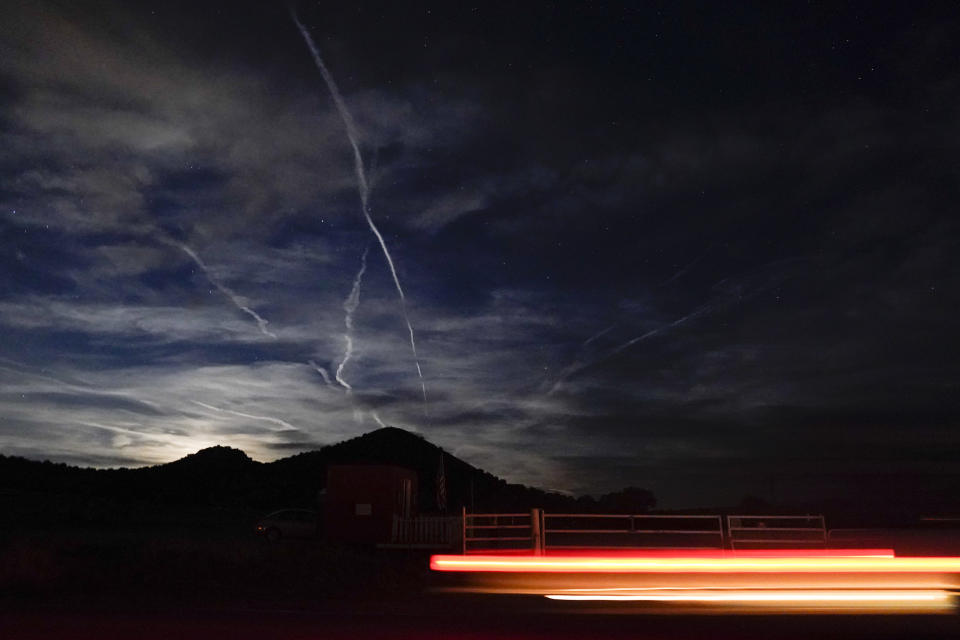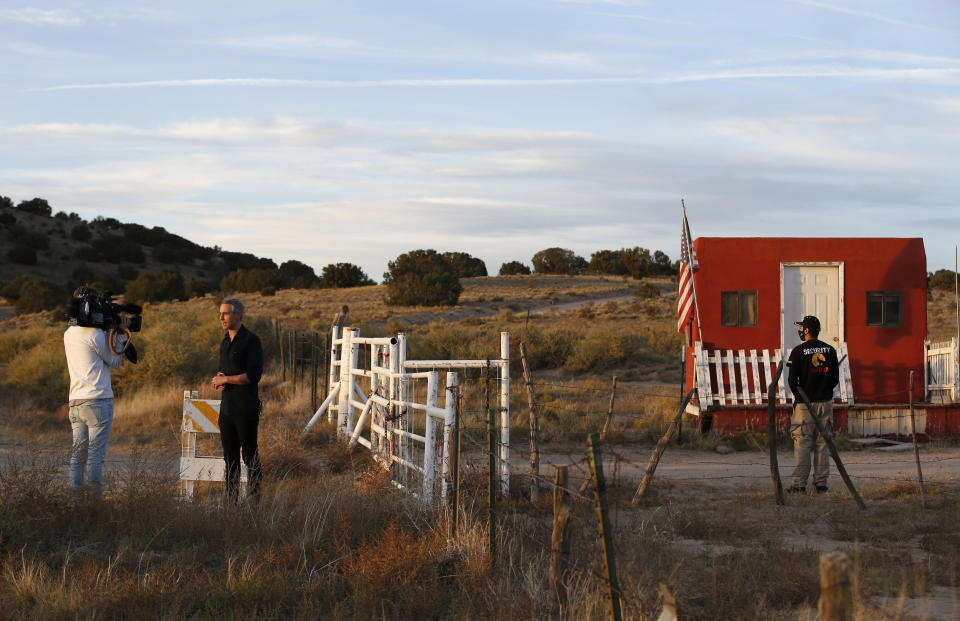After 'Rust' shooting, a look at other notable set accidents
LOS ANGELES (AP) — The shooting death of a cinematographer on the set of the set of the Alec Baldwin movie “Rust” is a reminder of the dangers that can exist on film and television sets. As authorities investigate why a crew member handed Baldwin a loaded gun instead of one safe to use, industry leaders will look for ways to avoid similar tragedies.
On-set fatalities have led to safety reforms in the past. Here are some of the productions that experienced industry-altering accidents:
___
“TWILIGHT ZONE: THE MOVIE"
A 1982 helicopter crash that killed actor Vic Morrow and two child actors on the set of “Twilight Zone” shook the film industry and led to new safety standards for the use of choppers during filming. Morrow and the children were killed while filming a scene set in Vietnam for a film based on the popular television series. The helicopter came down after debris from explosions staged during the scene rose 100 feet in the air and damaged the aircraft's rotor. Director John Landis and four others were acquitted of involuntary manslaughter charges in a rare case of prosecutors targeting a film production for on-set deaths. The families of the child actors killed settled civil lawsuits years later, and federal agencies enacted new rules for filming with helicopters.
___
“THE CROW”
Actor Brandon Lee died in March 1993 after he was shot in the abdomen while filming a scene for “The Crow.” Money and safety issues, including severe burns suffered by a construction worker, already had plagued the production. A makeshift bullet was mistakenly left in a gun from a previous scene and struck Lee during a scene that called for using blank rounds. OSHA fined the production $84,000 for violations found after Lee’s death, but the fine was later reduced to $55,000. After the fatal “Rust” shooting on Thursday, an account run by Lee's sister Shannon tweeted: “No one should ever be killed by a gun on a film set. Period.”
___
“MIDNIGHT RIDER”
Camera operator Sarah Jones was run over by a train in February 2014 during the filming of a Gregg Allman biopic in rural Georgia. The death of Jones, 27, and the injuries of other crew members hit by pieces of a metal bed frame that was on the train tracks as part of the production, put a heightened industry focus on film set safety. The crew filming “Midnight Rider” did not have permission to be on the tracks but were not expecting a train while filming the bed scene. Prosecutors filed criminal charges against the film’s director, who pleaded guilty to involuntary manslaughter and criminal trespassing charges. He was sentenced to two years in jail but released after a year and fined $74,900 by OSHA. Jones' parents created a foundation dedicated to improving safety on film and television shoots.
___
“COPS”
An audio technician recording a police shootout for the long-running TV reality series “Cops” was struck and killed in Omaha, Nebraska in August 2014. The death of Boston native Bryce Dion prompted the U.S. Occupational Safety and Health Administration to recommend additional training and safety instruction for the show’s crew members, including on how to film shootings from farther away. OSHA also recommended removing bonus incentives that encourage workers to take risks to capture more action-packed stories. Dion was the first person killed in the history of “Cops,” which premiered in 1989 and follows on-duty American police officers performing their jobs. The show was canceled last year but has been recently revived for the Fox Nation streaming service.
___
“UNTITLED MILITARY PROJECT”
An early morning helicopter crash in a remote river valley north of Los Angeles killed three people filming a planned reality TV series for the Discovery Channel. The February 2013 filming took place on a moonless night, and the pilot wasn’t wearing night vision goggles at the time of the crash. Federal investigators later determined that a light used to illuminate an actor’s face in the cockpit hampered the pilot’s ability to fly. But the National Transportation Safety Board faulted the pilot, who was among those killed, for flying in unsafe conditions. The agency later rescinded its determination that a Federal Aviation Administration inspector failed to recognize the risks involved when he approved plans for the shoot.

 money
money 

